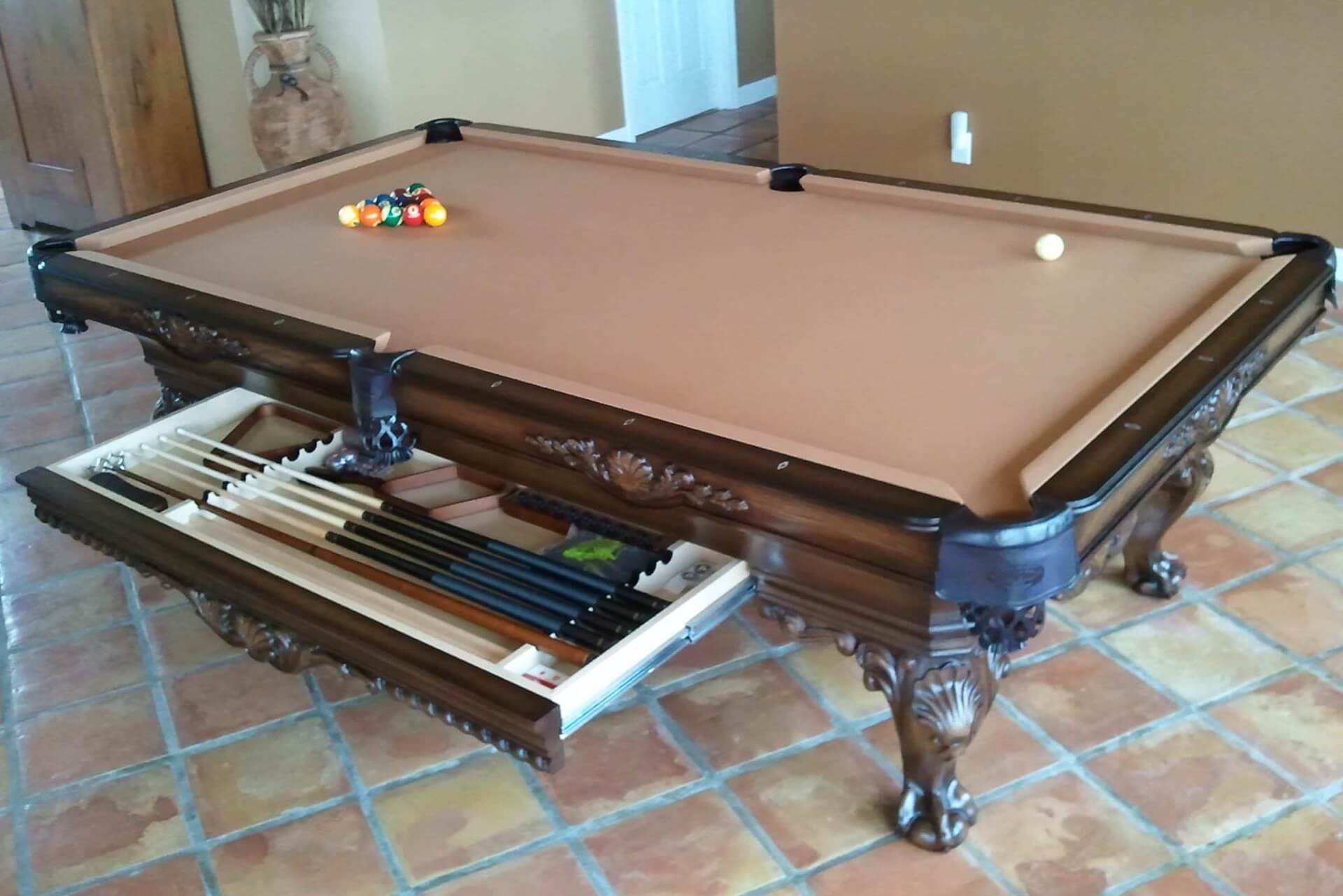상품홍보 Assembly Language or Machine Code ?
페이지 정보

본문
The wood board of the playing surface is nowhere near as heavy as that of a slate table. If you talk to anyone who has been playing pool for a while, they’ll tell you that they can feel the difference between a slate and an MDF table when they play on it. Our response rate is pretty fast, you can even catch us on weekends, even if its not urgent. 1977: Apple II, microcomputer of 8 bits (Apple Computer Corporation), based on MOS Technology 6502. 1977: David Clark and his group at the Massachussets Institute of Technology demonstrate that TCP/IP can be simplified for operating with microcomputers, producing a first implementation for the Alto of Xerox at Palo Alto Research Centre (first personal work station and graphic operating system), and in 1981 a second implementation for IBM Personal Computer. About 1945: As We May Think, essay by Vannevar Bush (Massachussetts Institute of Technology, Director of the United States Office of Scientific Research and Development), describing a computer aided hyper text system that he named "Memex", able to find linked information and to insert easily new information by its different users.
After the development of the 8086, Intel created the lower-cost 8088, which was similar to the 8086 but with an 8-bit data bus instead of a 16-bit bus. It was the final original dialect of Basic at Dartmouth College, released by John Kemeny and Thomas Kurtz as an ANSI Basic compiler, before they left the college to concentrate on the further development of ANSI Basic in the form of True Basic. It was created by Captain Grace Hopper (United States Navy and Univac) in 1951. ASIC, All-purpose Symbolic Instruction Code: with a name derived from "BASIC", but without the "B", the ASIC programming language was created by David Visti in 1993, together with a compiler to machine code, a converter from BASICA or GWBASIC to ASIC, and a few other tools available in the Internet as shareware. The Microsoft editor has not been very accepted by many Basic programmers, mostly because it is big, slow and of complicated use. Professional tournament rules vary on the use of the kitchen when a scratch occurs. The following examples are believed to be the most commonly practiced in North America, in regards to both professional and amateur play. However, it is only a loss if the 8 ball is no longer in play.
Some rules dictate that a scratch on an8 ball shotis an automatic forfeit, no matter whether the 8 ball is still in play or not. This means that, no matter in which pocket the cue ball is pocketed in, the opposing player can only take the ball in hand from behind the head string. If a player pots the cue ball in a side pocket, the opposing player can place the ball anywhere on the table. If you were to place a slate and a wood table side by side and make the exact same shot on each, you’d likely see the difference. If the cue ball sinks at the foot of the table, the shot is taken from behind the foot spot. If the cue ball is pocketed at the head of the table, the shot is taken from behind the head string. When a player scratches on the break, any pocketed balls remain pocketed, the offending player loses the turn, and the opposing player can shoot from anywhere behind the head string. However, Finger can still be seen in Unics Work Stations.

With QuickBasic 4.0 Microsoft had created the most sophisticated programming environment ever seen in a main language: the threaded p-code interpreter. One is QBasic, QuickBasic 4.5 or QuickBasic Extended 7.1 (QBX PDS), which are available in Internet for free use under the Microsoft Life Cycle Policy. Updated information from the feed is automatically downloaded to your computer and can be viewed in Internet Explorer and other programs. In this case, the shooter can only aim at object balls that are directly on or on the opposite side of the head string. The table remains open and the shot is limited to any object ball (aside from the 8 ball) on the other side of the head string. If the shooter doesn’t have any object balls on the opposite side of the head string, he or she must bounce the cue ball off of one or more cushions at the opposite end of the table before it’s able to legally contact an object ball in the kitchen. This kind of computers are called "of second generation", which predominated from the 1950's to the 1960's. 1951: the contact point transresistor of Bardeen and Brattain is modified by William Shockley (Bell Telephone) and named junction transistor, made of germanium.
If you cherished this posting and you would like to acquire far more facts about what is billiards kindly stop by the webpage.
- 이전글Essential Result-Oriented Tactics for Local SEO Strategies 24.09.14
- 다음글Learn This Controversial Article And Discover Out Extra About PokerTube 24.09.14
댓글목록
등록된 댓글이 없습니다.
